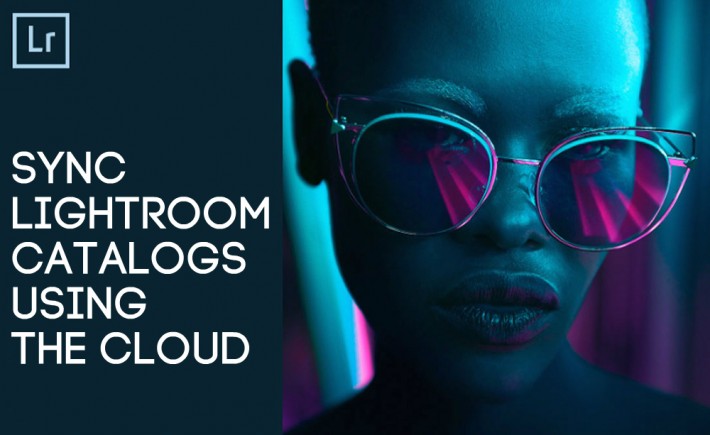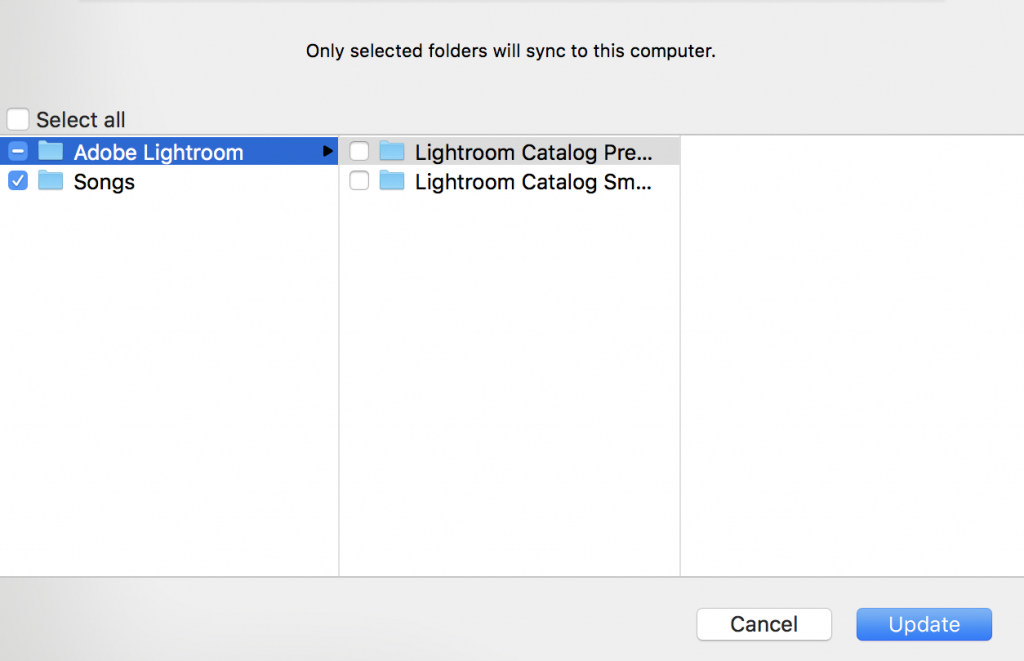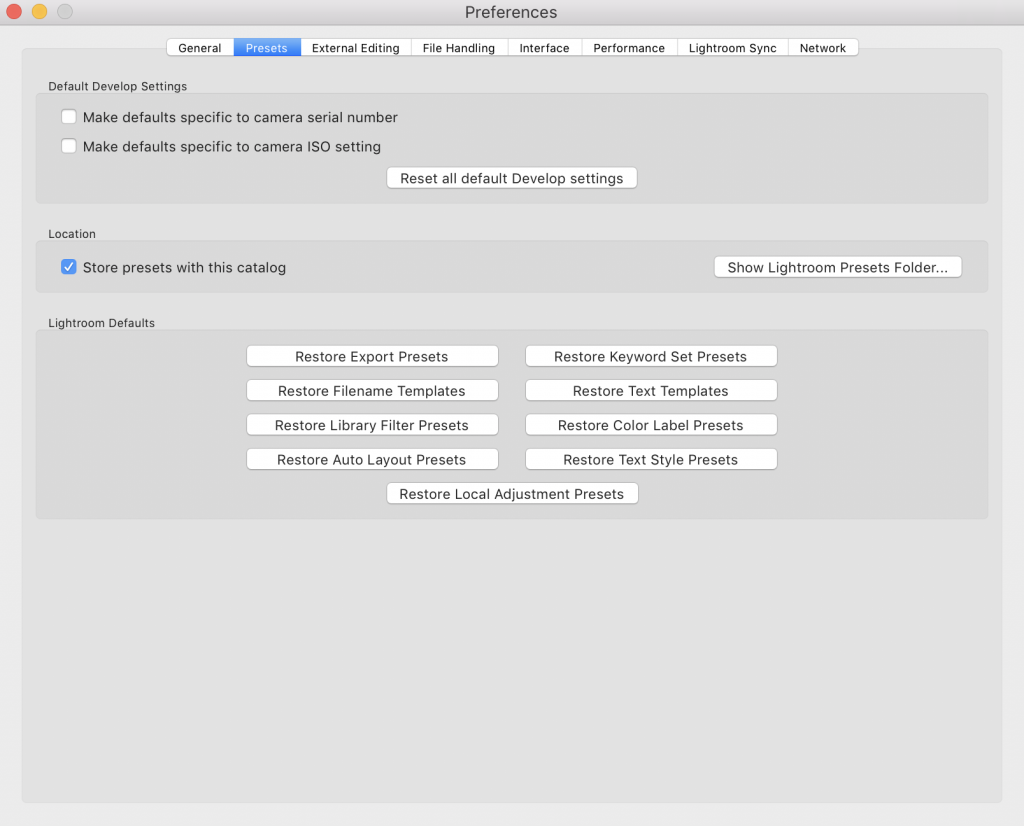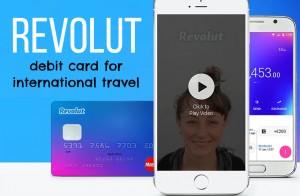With the purchase of a new Desktop machine, I came upon a problem that many photographers have already experienced in the past. I want my Adobe Lightroom catalog on my desktop to be in sync with the one on my laptop. I use Lightroom Classic with the Photography Plan.
For my workflow, it made a lot of sense to have the same changes reflected on each device. I also wanted to do this for free (so no cloud storage fees), and as I often travel in places with poor internet connections, I did not want to wait for long times for the data to sync.
My workflow requires me to keep just my catalog synced between devices. I didn’t want previews and smart previews to go over the wire because they can be quite heavy and can, in any case, be generated locally. I keep my photographs on an external hard drive but have smart previews generated for all of them for internal storage. This way, the RAW files are available if I need them but for minor tweaks and web publishing at lower resolutions the DNG smart previews are enough.
Also, my catalog with about 50,000 photos weighs in at a mere 500MB. But catalog previews and smart previews take up almost another 55GB of space. On a slow internet connection, changes to this set would take a long time to sync. Also, cloud storage free tiers usually offer only a few gigs of storage and I didn’t want to pay more for the syncing functionality.
Now, given the constraints, I reviewed many cloud storage solutions. But the only one that made sense was Dropbox. The reason is pretty simple. Dropbox offers a block level sync solution. This means that it is very efficient at saving bandwidth, an important requirement as per my constraints. How this works is – imagine that you’re editing a 2GB file. That’s a very big file. You make some changes and save your file. Now, many cloud backup solutions will detect that you changed the file and will begin to upload a new version of the file. Similarly, your other computers will begin to download the entire file once it’s updated in the cloud. 2GB up, 2GB down. With Dropbox, this works differently. Their algorithm will detect the exact changes made to your file and only upload and download those parts. So if you made only 20MB worth of changes, that’s all that gets uploaded and downloaded. This makes syncing extremely fast and efficient.
Dropbox is also very easy to setup on most operating systems, offers a great UI, and in general is a well known and trusted cloud backup solution. On the other hand, it has a huge downside as well. It’s not very easy to exclude files from Dropbox sync. Till date, Dropbox lacks this functionality on every platform except Linux. You cannot ask it to exclude certain files from the sync. It does support excluding folders and this gives us an interesting workaround and a way to implement file excludes. More on this in a bit.
So the first thing I did was setup Dropbox on both computers. Download Dropbox to complete this step. After that, I had to mess around a lot with catalog syncing and how to exclude smart previews, etc. Lightroom also has a limitation where it will forcefully place your previews and smart previews in the exact same folder as your catalog. This means that if your catalog is inside your Dropbox folder, your previews and smart previews will end up there as well. Thus, we need to exclude those folders from syncing if we want to save money, bandwidth, and… the environment?
But, I figured it all out and it’s pretty simple once you know exactly what to do. I did spend a lot of time messing around with symbolic links and other tricks but in the end, the simplest method won out, and I believe in simple and elegant solutions.
So without further ado, let’s get you set up.
Lightroom Catalog Dropbox Sync
The first thing we’re going to need to do is to exclude your catalog and smart previews from being considered for Dropbox sync. Throughout this write up I’m going to assume that your Lightroom catalog file is called:
Lightroom Catalog.lrcat
This means that the two folders in question are:
- Lightroom Catalog Previews.lrdata
- Lightroom Catalog Smart Previews.lrdata
So the first step is, navigate to your Dropbox folder and create a new folder called Adobe Lightroom. Then, inside this folder create two new folders named:
- Lightroom Catalog Previews.lrdata
- Lightroom Catalog Smart Previews.lrdata
Once this is done, click on the Dropbox icon, Settings->Preferences. Go to the Sync pane inside preferences. Under Selective Sync click on Choose folders to sync.
Go inside the Adobe Lightroom folder and uncheck the two folders named:
- Lightroom Catalog Previews.lrdata
- Lightroom Catalog Smart Previews.lrdata
Click on Update. It’ll ask you to confirm the changes, go ahead with that.
Now the two folders you excluded should disappear from your Dropbox folder. But they’ve been actively excluded from the syncing algorithm.
At this point, open a Finder window, Hit Command+Shift+H. This takes you to your home directory. Go to Pictures->Lightroom. You’ll see your Lightroom Catalog in there, a file called:
Lightroom Catalog.lrdata
Move this file to your Dropbox/Adobe Lightroom folder. You can also move your Lightroom Catalog Previews.lrdata and Lightroom Catalog Smart Previews.lrdata files to your Dropbox/Adobe Lightroom folder. Your Catalog will start uploading to Dropbox and the other two files will be ignored by the application.
Now, start up Lightroom and it’ll complain about a missing catalog. Locate the moved catalog inside the Dropbox/Adobe Lightroom folder and select it. Click on Always load this catalog on startup. Once you click OK, your catalog and all your previews and smart previews should load up.
Every time you make changes to this catalog they will now get synced to Dropbox. Usually, the sync is very fast and takes a few seconds due to Dropbox’s block level sync protocol.
You should close Lightroom at this point so that the catalog can sync.
On the second computer, the steps are a little different.
Once you install Dropbox on your second computer, your library will get synced to the Dropbox folder. Wait for the sync to complete – it shouldn’t take too long. Only the first sync takes a little while and subsequent updates will be very quick due to Dropbox using block level sync.
You need to do the whole Smart Preview exclude trick again on this computer. So navigate to your Dropbox/Adobe Lightroom folder. Create two new folders named:
- Lightroom Catalog Previews.lrdata
- Lightroom Catalog Smart Previews.lrdata
Then, click on the Dropbox icon, Settings->Preferences. Go to the Sync pane inside preferences. Under Selective Sync click on Choose folders to sync.
Go inside the Adobe Lightroom folder and uncheck the two folders named:
- Lightroom Catalog Previews.lrdata
- Lightroom Catalog Smart Previews.lrdata
Click Update. Now, the two folders should disappear from the Dropbox/Adobe Lightroom folder.
You can at this point open up a Finder window, hit Command+Shift+H and then go to Pictures->Lightroom. Your initial library should be here. Rename the catalog file to:
- Lightroom Catalog – Initial.lrdata
You can now move the following files inside your Pictures->Lightroom folder to Dropbox/Adobe Lightroom:
- Lightroom Catalog Previews.lrdata
- Lightroom Catalog Smart Previews.lrdata
Dropbox will ignore them and not upload them to the cloud.
Now, open up Lightroom. When you load it up, it’s going to complain about a missing catalog. You should now locate the catalog inside the Dropbox folder and select it. Make sure you click Open this catalog every time Lightroom starts.
The catalog should load up and you should see everything in there just as you should!
A note about settings and presets
I also wanted to sync my Lightroom Settings (Export Presets, Develop Presets, etc.) between the two computers. You need to do the following steps on the computer that you have existing presets on.
Firstly, open up Preferences -> Presets and then press the Show Lightroom Presets Folder button. A finder window will open up with your Lightroom settings folder. Keep this folder open in the background and switch back to Lightroom.
Then check Store presets with this catalog.
Click on the Show Lightroom Presets Folder button again.
This should open up a second Finder/Explorer window inside your Dropbox Lightroom catalog folder which should hold your presets and settings.
Drag or Copy/Paste your presets and settings from the first folder to the second folder. Your presets and settings should now start syncing to Dropbox.
You can close Lightroom and wait for the sync to complete.
And that’s it! You now have your catalog on Dropbox so you can open up Lightroom on two or more computers. Just make sure you don’t run Lightroom at the same time on different systems because that can cause weird things to happen. After editing your photos or making changes to your catalog it’ll usually be a very quick sync to Dropbox. Note that with this setup your previews and smart previews do not go over the wire so you would have to generate those independently on each system.
This setup works perfectly for my Lightroom workflow. I can import photos to my catalog on any system (they are stored on an external drive). Then, I can generate local smart previews that do not get synced to the cloud. When I open up Lightroom on another machine the catalog already contains everything I need including all my edits and changes. Additionally, my settings and presets also carry over. I can regenerate smart previews on the next machine if I need them. This way the catalog sync is fast, free, and efficient.
Got questions? Ask in the comments!







Very cool! The only prerequisite and limitation is that you have to keep your photos on an external drive and need to plug it into the computer you’re working on. That won’t work when you store your photos in a Large RAID drives and contains Terabytes of photos! Is there any workaround?
Thanks!
You can still edit via smart previews, you just don’t have access to full res exports if you are using dropbox for the catalog not the storage of the files themselves.
Im wondering if this is possible storing the catalog in the Creative Cloud? I guess the disadvantage would be the block loading you speak of?
Yeah if you store your catalog anywhere except Dropbox (as far as I know at the moment..) the whole thing will need to sync up again each time and depending on the size of your catalog this can take a long while. Dropbox is the fastest at the moment in this type of scenario. You can store your catalog anywhere but Dropbox is the best for sync speed.
This doesn’t seem to work anymore- having disabling synchronisation of the previews catalog, deleting the dummy file, and copying the previews into the Dropbox folder, Mac OS/Dropbox then appends ” (Selective Sync Conflict)” on the end of the name of the previews folder, so Lightroom doesn’t recognise it and creates the previews afresh.